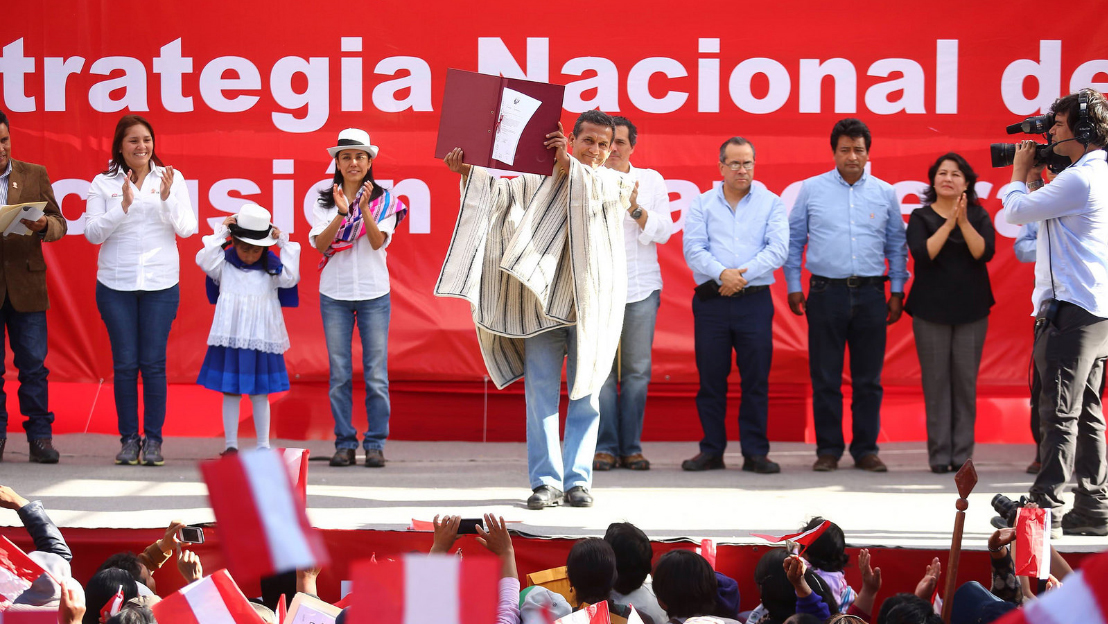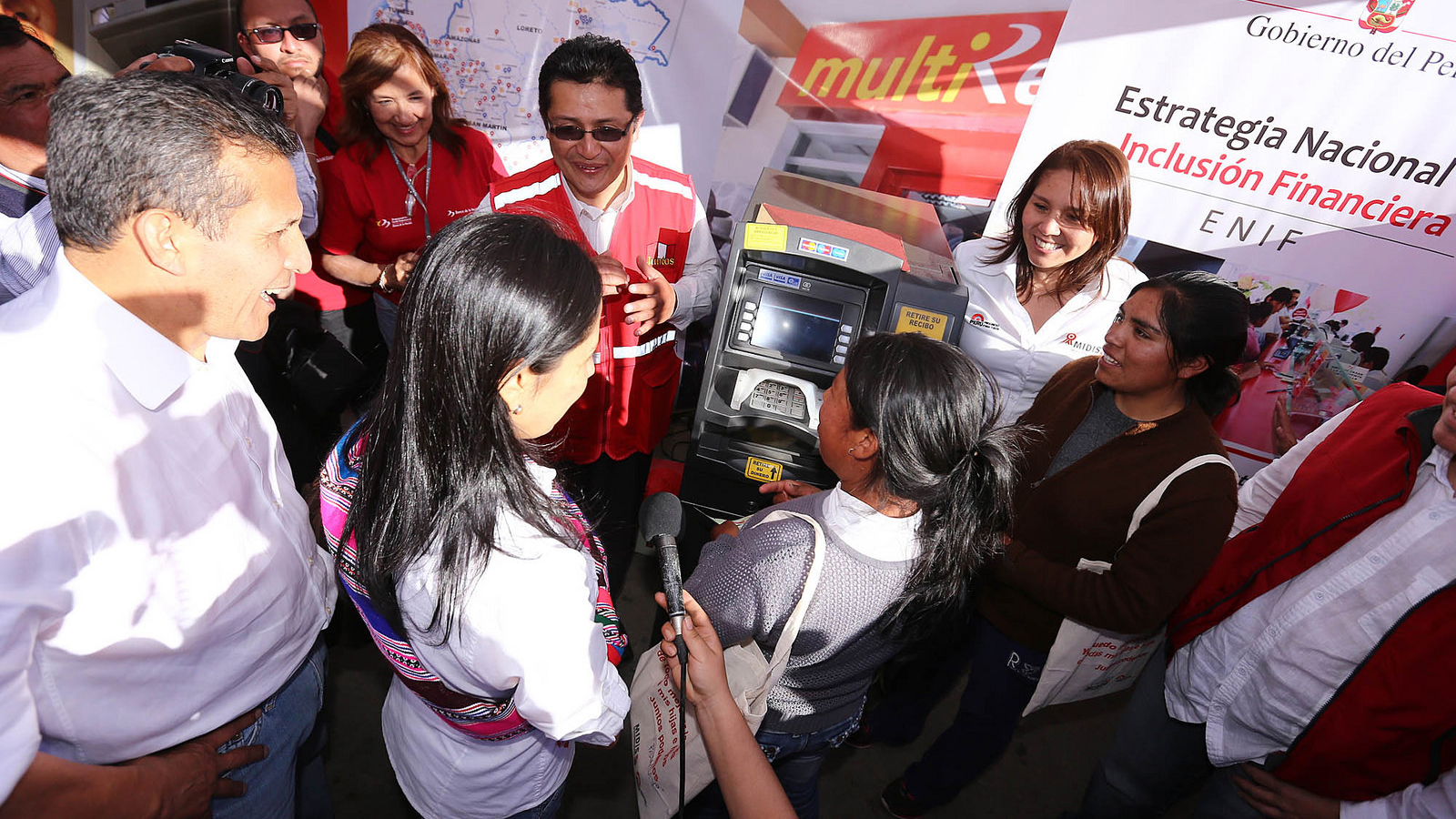August 5, 2015 - Only 29% of Peruvian adults have an account at a formal financial institution, according to the 2014 Global Findex. This despite the fact that the Global Microscope places Peru as the country with the best enabling environment for microfinance and financial inclusion.
To close this gap, Peru is stepping up its commitment to financial inclusion.
In July 2015, the country launched a National Financial Inclusion Strategy, which commits the government to ensuring that at least 75% of adults have access to a transaction account by 2021.
Why does financial inclusion matter? With no access to formal financial services it’s difficult for people to build up savings or buy insurance, which makes households more vulnerable to potential risks and shocks. Also, small businesses find it difficult to build assets or obtain financing to increase productivity, expand or hire more people.
Financial inclusion is among the World Bank Group's top priorities to end extreme poverty and boost shared prosperity, since financial access underpins inclusive economic growth and enables people to have more control over their finances.
Ensuring adults have access to a transaction account as a first step toward financial inclusion, where people can make use of appropriate financial services, including savings, payments, credit and insurance, is the cornerstone of the World Bank Group’s goal to achieve Universal Financial Access (UFA) by 2020, which calls for providing financial access for the remaining 2 billion unbanked adults worldwide.
Financial inclusion has also been identified as one of the UN’s Sustainable Development Goals, a set of targets that will guide the international development agenda over the next decade.
Peru is one of the 25 priority countries where the World Bank Group is focusing its financial inclusion efforts.
The country’s National Financial Inclusion Strategy is a significant step up toward this goal, and is in line with the World Bank Group’s UFA2020 vision.
Research also shows that countries that have invested in devising and implementing a national financial inclusion strategy (NFIS) have been more successful and effective in reaching set targets. On average, there is a 10% increase in the percentage of adults with an account at a formal financial institution for countries that launched an NFIS after 2007, whereas the increase is only 5% for those countries that have not launched an NFIS.
Peru escalated its commitment toward financial access in early 2014 with the establishment of a Multisectoral Financial Inclusion Commission to coordinate efforts among relevant stakeholders. With the World Bank’s support, the Commission then designed and formulated the country’s National Financial Inclusion Strategy. The strategy is the result of extensive engagements and consultations with government agencies and private sector stakeholders.


